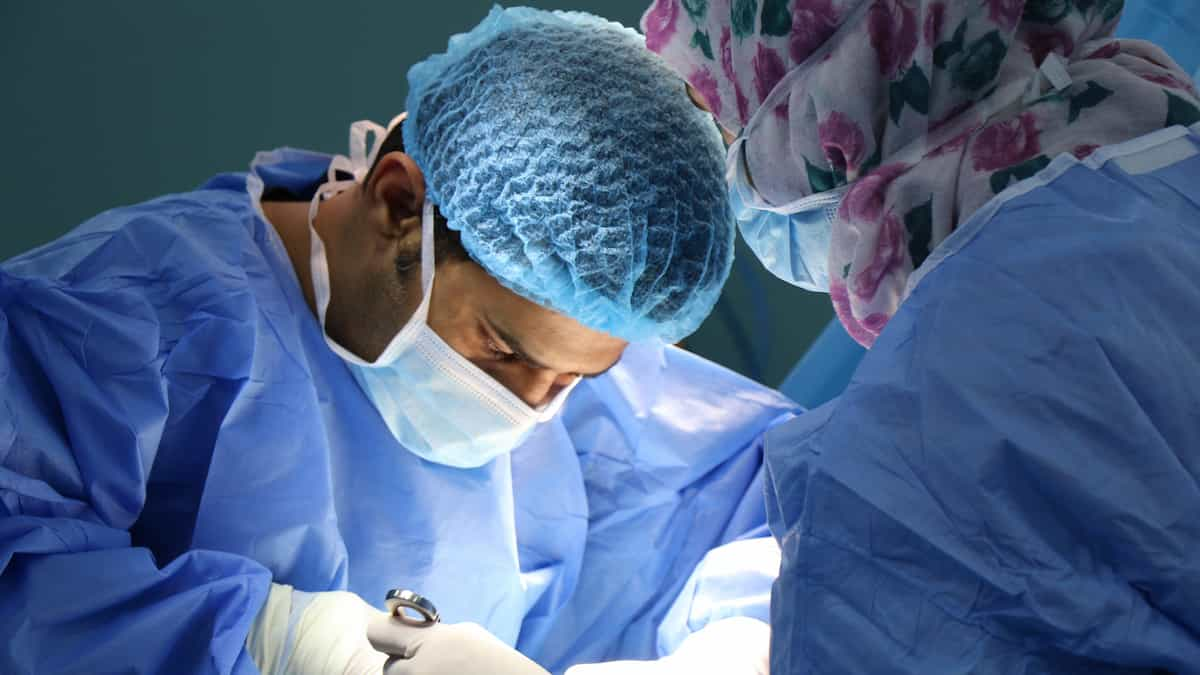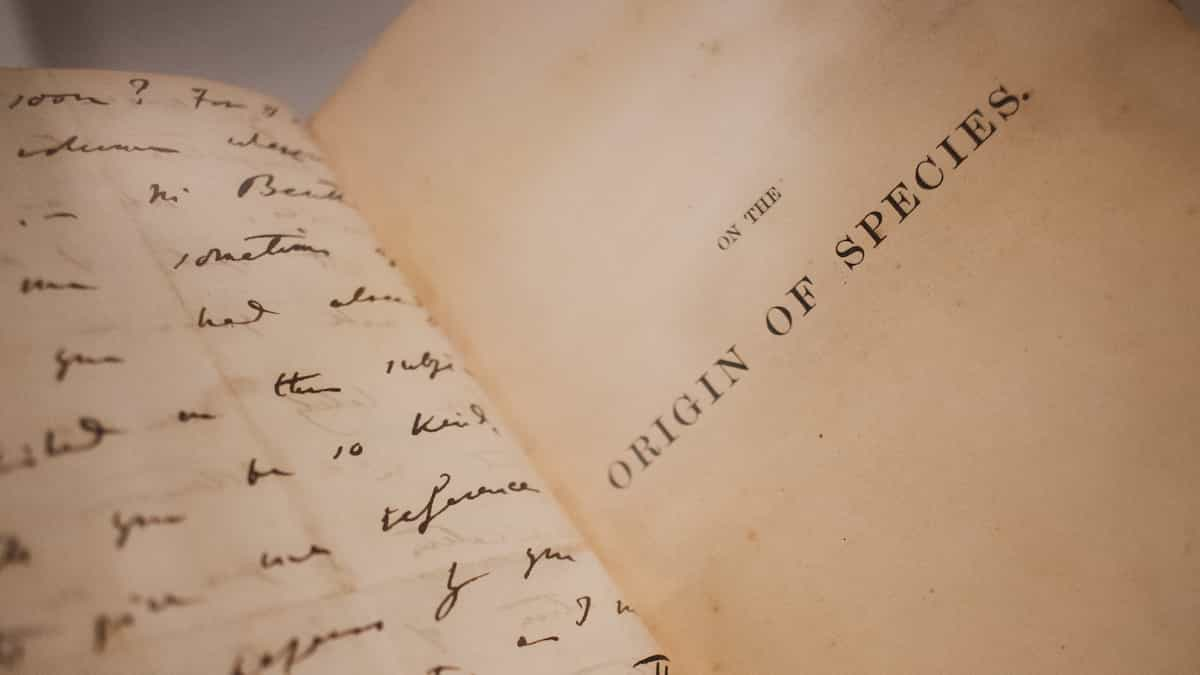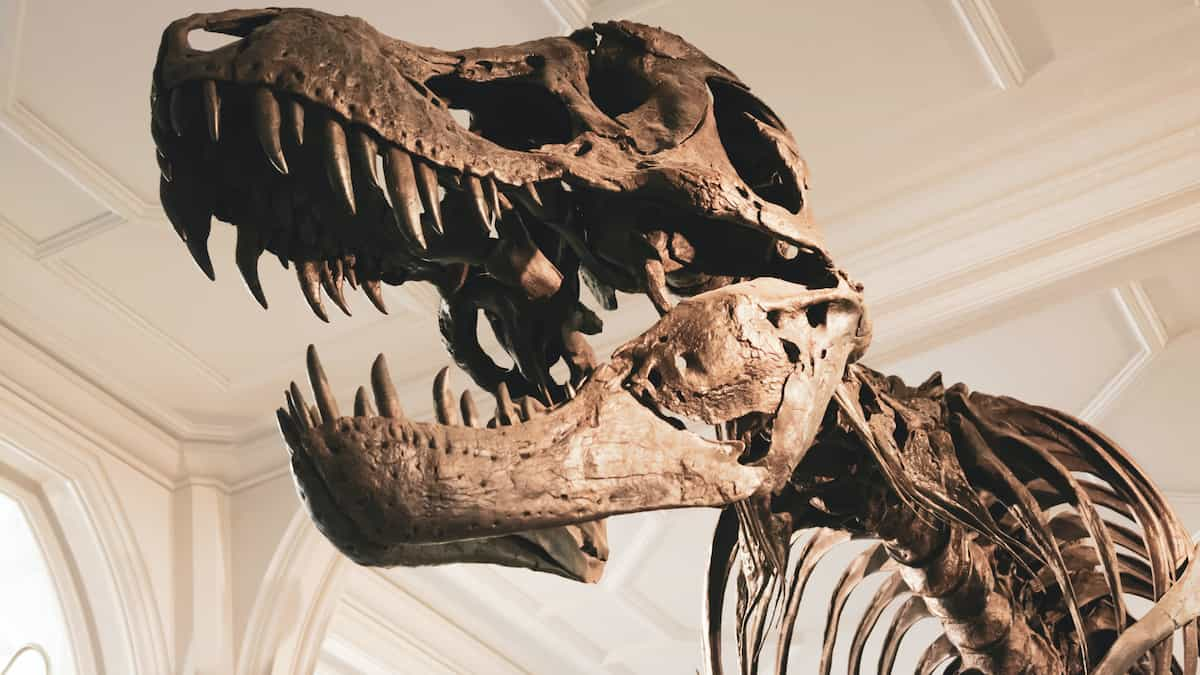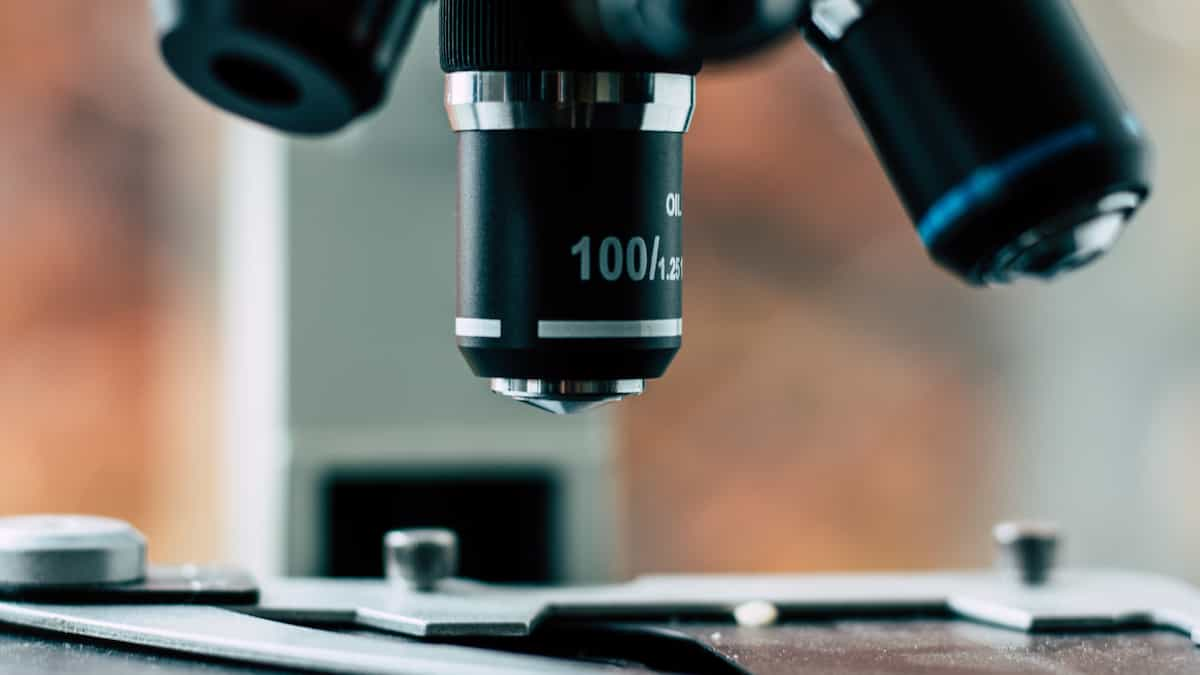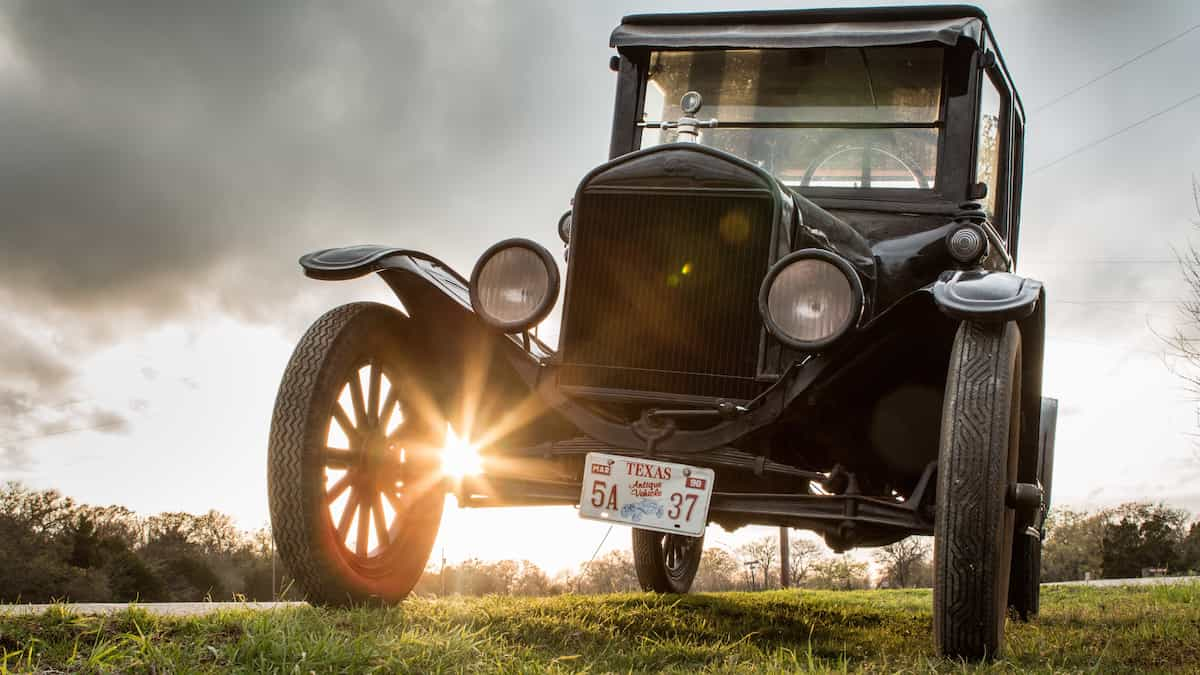Note Completion Questions in IELTS Reading
Learn about Note completion questions in IELTS reading with an overview, recommended strategy and practice questions.
by Tim Martyn
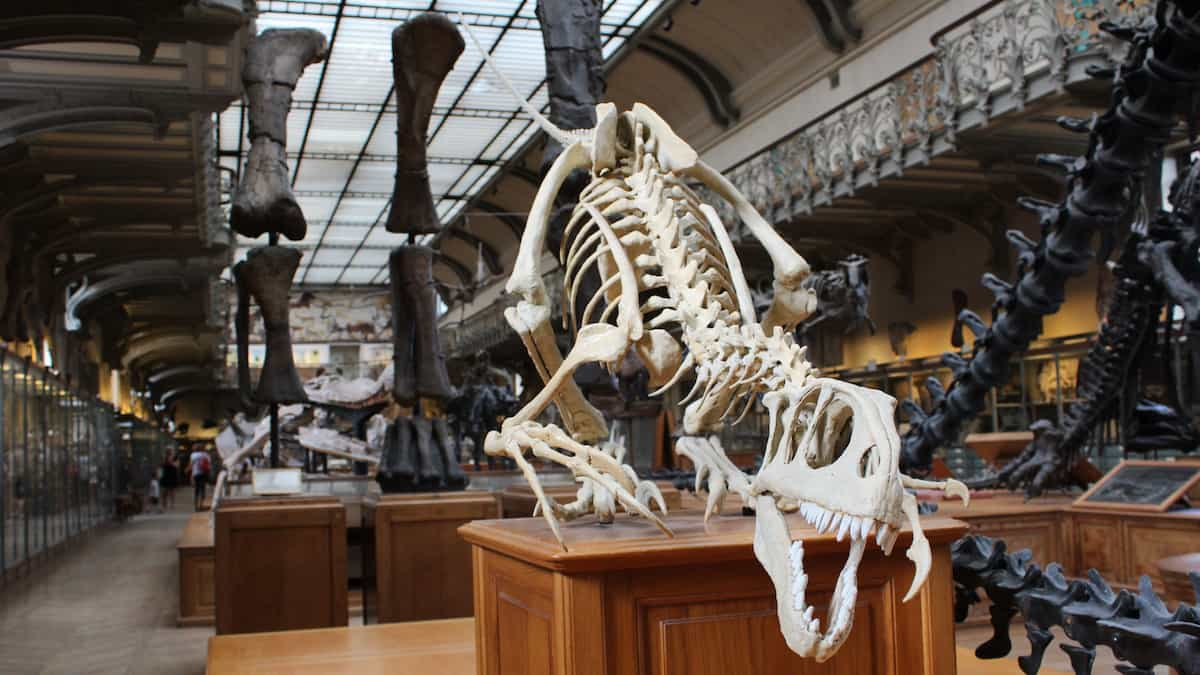
Overview
Note completion questions test your ability to understand details and/or the main ideas of a section of the passage.
Here are some key points about Note completion questions:
- You’ll be asked to complete a set of notes by selecting words from the passage. It’s much less common, but you could be asked to select from a list of possible answers instead.
- The answers don’t necessarily occur in order in the passage but will usually come from one part of the passage rather than being spread across the entire passage.
- They’re generally used with descriptive passages.
Example questions
Here are some example Note completion questions from a passage about the relationship between dinosaurs and birds.
You can try these questions in the practice section.
Questions 6 – 9
Complete the notes. Write NO MORE THAN TWO WORDS from the text in each gap.
Maximise your IELTS reading score with these essential tips.
Recommended strategy
Here’s my recommended strategy for answering Note completion questions. I’ll use Question 6 to demonstrate the steps you need to take.
Step 1 > Quickly study the notes
Don’t spend too long on this step. Your goal is to gain a general understanding of what the notes are summarising. Pay attention to the title (if there is one) and any subheadings. These will help you find the relevant part of the passage.
Step 2 > Identify key words
Key words are the important words that help you understand the focus of the question. Key words include names, places and figures, as well as nouns, verbs and adjectives.
You can look for key words in the title (if there is one) and in any subheadings. Each bullet point in the notes will also contain key words.
Here’s the first part of the notes with the key words highlighted.
Notice that we haven’t highlighted bird, dinosaurs or theropods. This is because the entire passage is about the relationship between dinosaurs (specifically, theropods) and birds. We’d expect to find these words throughout the passage, so they aren’t very useful key words.
Step 3 > Scan the passage to find the key words
Once you’ve identified the key words, you can scan for them in the passage. It’s important to keep in mind that synonyms – words and phrases with the same or a similar meaning – are often used in the passage rather than the actual key words from the question, so you need to look for them, too.
Here’s the reading passage. You can see that the key words and/or synonyms for this question have been highlighted.
↕ scrollable window
Most of us were taught in school that dinosaurs went extinct millions of years ago, but around 10,000 species still roam the Earth: we call them birds. It might be surprising, but the current scientific consensus is that modern birds descended from a group of two-legged dinosaurs called theropods, whose members include the formidable Tyrannosaurus Rex and the velociraptors made famous by the Hollywood film Jurassic Park.
The close relationship between dinosaurs and birds was first put forward after the discovery of a unique fossil named Archaeopteryx in southern Germany in the summer of 1861. This creature, a dozen or so specimens of which have since been dug up, was hailed as a clear transitional step between dinosaurs and birds because of its telling mix of attributes. It had jaws full of sharp teeth – all of today’s birds are toothless – three fingers with claws, as well as the long bony tail characteristic of most other dinosaurs from its time. But it also had prominent feathered wings. The question of whether or not Archaeopteryx was capable of flight had long been the subject of doubt, but recent research has confirmed that indeed it was. By using a special machine called a synchrotron, an international team of researchers was able to determine that Archaeopteryx’s bones, like those of modern birds, were almost hollow.
For decades, Archaeopteryx remained the only link between dinosaurs and modern birds. But in the 1990s, an influx of new dinosaur fossils discovered in China – mainly in Liaoning Province – shed more light on birds’ evolutionary journey. A treasure trove of non-avian dinosaurs and their primitive bird contemporaries were uncovered during this period, often by local farmers rather than palaeontologists. The most significant find of this era was undoubtedly Sinosauropteryx prima, the first known fossil of a non-avian dinosaur with evidence of feathers. This specimen, which had very simple filament-like feathers, taught scientists that it was not only bird-like dinosaurs that had feathers.
Despite these discoveries in Liaoning, scientists still faced gaps in the fossil record, which resulted in disagreement about whether birds pre-dated the mass extinction of the dinosaurs. But it would not be long before an exciting new species was thrown into the mix. Spotted in the rocks of Vega Island in the Antarctic over a decade earlier, Vegavis iaai was finally classified by Julia Clarke and her team from the University of Texas at Austin in 2005. The researchers dated the fossil to around 67 million years ago, just before the asteroid strike that wiped out the non-avian dinosaurs. What makes Vegavis iaai so remarkable is the fact that it looked like a modern duck. Anatomical analyses and a digital reconstruction of the bones revealed that its skeleton has traits that only exist in today’s birds. Examination of a second, more complete Vegavis iaai specimen also revealed the presence of a syrinx, a vocal organ like the ones found in today’s waterfowl. This led Clarke and her team to conclude that the creature not only resembled a duck, but probably quacked like one, too.
In addition to feathers and wings, fossil evidence has demonstrated many other features shared by birds and certain dinosaurs. Although some scientists have maintained that dinosaurs would have had lungs similar to those of today’s crocodiles and other reptiles, Patrick O’Connor from Ohio University believes that some dinosaurs breathed like birds. O’Connor analysed a 67-million-year-old fossil of Majungatholus atopus, a primitive theropod, and compared it to data collected from more than 200 living birds. Based on his findings, he argues that theropods, like birds, probably had air sacs to supply their lungs with air. There also appear to be parallels between birds and certain dinosaurs in relation to reproduction. It is an accepted fact that dinosaurs laid eggs like birds do. Female birds grow medullary bone so as to have enough calcium to make the eggshells needed to form eggs. Evidence of this has also been found in the fossils of a number of dinosaurs, including Tyrannosaurus Rex and Allosaurus. In terms of skeletal structure, there are similarities, too. Wishbones are common to all bird species, but they have also been seen in the fossils of some theropods. This part of the skeleton is formed by the fusion of the two clavicles, which, in humans, are also referred to as collarbones.
Certain dinosaurs also exhibited behaviours similar to those of today’s birds. Fossils of the bird-like dinosaurs Sinornithoides and Mei revealed that they probably slept with their heads tucked under their arms, which is a characteristic of modern birds. It is believed that, like birds, these dinosaurs did this to maintain their body temperature overnight. There is also evidence that some dinosaurs, such as Caudipteryx zoui, a small theropod discovered in Liaoning Province in 1998, ingested stones to break down food. These probably functioned as a gastric mill for grinding up tough plant material and the exoskeletons of insects. This behaviour is present not only in today’s birds, but also in a number of other species including crocodiles and seals.Here are the key words from the notes as well as the words used in the passage.
| Notes | Passage |
|---|---|
| Evidence | evidence |
| characteristics | features |
| Anatomy | – |
| Patrick O’Connor | Patrick O’Connor |
| research | findings |
| Majungatholus atopus | Majungatholus atopus |
| breathing | breathed |
| lungs | lungs |
Step 4 > Read carefully
Once you’ve found the relevant part of the passage, read it carefully and decide on your answer. You should always read the sentences before and after the sentences that contain key words to make sure you don’t miss anything.
Here’s the relevant part of the passage.
Based on his findings, he argues that theropods, like birds, probably had air sacs to supply their lungs with air.
Air sacs seems to be the correct answer. However, it’s very important to make sure that our answer fits within the word limit for the question. We can see that the instructions say to write NO MORE THAN TWO WORDS from the passage for each answer. Air sacs fits within this word limit, so we can safely choose it as our answer.
Final tips
Here are some important final tips:
- Remember that the answers don’t necessarily occur in order in the passage.
- Remember that all of your answers must be words from the passage.
Practice questions
Now it’s your turn to practise. Answer the remaining Note completion questions from the passage using the steps outlined above.
↕ scrollable window
Most of us were taught in school that dinosaurs went extinct millions of years ago, but around 10,000 species still roam the Earth: we call them birds. It might be surprising, but the current scientific consensus is that modern birds descended from a group of two-legged dinosaurs called theropods, whose members include the formidable Tyrannosaurus Rex and the velociraptors made famous by the Hollywood film Jurassic Park.
The close relationship between dinosaurs and birds was first put forward after the discovery of a unique fossil named Archaeopteryx in southern Germany in the summer of 1861. This creature, a dozen or so specimens of which have since been dug up, was hailed as a clear transitional step between dinosaurs and birds because of its telling mix of attributes. It had jaws full of sharp teeth – all of today’s birds are toothless – three fingers with claws, as well as the long bony tail characteristic of most other dinosaurs from its time. But it also had prominent feathered wings. The question of whether or not Archaeopteryx was capable of flight had long been the subject of doubt, but recent research has confirmed that indeed it was. By using a special machine called a synchrotron, an international team of researchers was able to determine that Archaeopteryx’s bones, like those of modern birds, were almost hollow.
For decades, Archaeopteryx remained the only link between dinosaurs and modern birds. But in the 1990s, an influx of new dinosaur fossils discovered in China – mainly in Liaoning Province – shed more light on birds’ evolutionary journey. A treasure trove of non-avian dinosaurs and their primitive bird contemporaries were uncovered during this period, often by local farmers rather than palaeontologists. The most significant find of this era was undoubtedly Sinosauropteryx prima, the first known fossil of a non-avian dinosaur with evidence of feathers. This specimen, which had very simple filament-like feathers, taught scientists that it was not only bird-like dinosaurs that had feathers.
Despite these discoveries in Liaoning, scientists still faced gaps in the fossil record, which resulted in disagreement about whether birds pre-dated the mass extinction of the dinosaurs. But it would not be long before an exciting new species was thrown into the mix. Spotted in the rocks of Vega Island in the Antarctic over a decade earlier, Vegavis iaai was finally classified by Julia Clarke and her team from the University of Texas at Austin in 2005. The researchers dated the fossil to around 67 million years ago, just before the asteroid strike that wiped out the non-avian dinosaurs. What makes Vegavis iaai so remarkable is the fact that it looked like a modern duck. Anatomical analyses and a digital reconstruction of the bones revealed that its skeleton has traits that only exist in today’s birds. Examination of a second, more complete Vegavis iaai specimen also revealed the presence of a syrinx, a vocal organ like the ones found in today’s waterfowl. This led Clarke and her team to conclude that the creature not only resembled a duck, but probably quacked like one, too.
In addition to feathers and wings, fossil evidence has demonstrated many other features shared by birds and certain dinosaurs. Although some scientists have maintained that dinosaurs would have had lungs similar to those of today’s crocodiles and other reptiles, Patrick O’Connor from Ohio University believes that some dinosaurs breathed like birds. O’Connor analysed a 67-million-year-old fossil of Majungatholus atopus, a primitive theropod, and compared it to data collected from more than 200 living birds. Based on his findings, he argues that theropods, like birds, probably had air sacs to supply their lungs with air. There also appear to be parallels between birds and certain dinosaurs in relation to reproduction. It is an accepted fact that dinosaurs laid eggs like birds do. Female birds grow medullary bone so as to have enough calcium to make the eggshells needed to form eggs. Evidence of this has also been found in the fossils of a number of dinosaurs, including Tyrannosaurus Rex and Allosaurus. In terms of skeletal structure, there are similarities, too. Wishbones are common to all bird species, but they have also been seen in the fossils of some theropods. This part of the skeleton is formed by the fusion of the two clavicles, which, in humans, are also referred to as collarbones.
Certain dinosaurs also exhibited behaviours similar to those of today’s birds. Fossils of the bird-like dinosaurs Sinornithoides and Mei revealed that they probably slept with their heads tucked under their arms, which is a characteristic of modern birds. It is believed that, like birds, these dinosaurs did this to maintain their body temperature overnight. There is also evidence that some dinosaurs, such as Caudipteryx zoui, a small theropod discovered in Liaoning Province in 1998, ingested stones to break down food. These probably functioned as a gastric mill for grinding up tough plant material and the exoskeletons of insects. This behaviour is present not only in today’s birds, but also in a number of other species including crocodiles and seals.Questions 6 – 9
Complete the notes. Write NO MORE THAN TWO WORDS from the text in each gap.
Feedback
Click below for the answers.
The correct answer is “air sacs”.
Here’s the relevant part of the passage:
“Although some scientists have maintained that dinosaurs would have had lungs similar to those of today’s crocodiles and other reptiles, Patrick O’Connor from Ohio University believes that some dinosaurs breathed like birds. O’Connor analysed a 67-million-year-old fossil of Majungatholus atopus, a primitive theropod, and compared it to data collected from more than 200 living birds. Based on his findings, he argues that theropods, like birds, probably had air sacs to supply their lungs with air.”The correct answer is “medullary bone”.
Here’s the relevant part of the passage:
“There also appear to be parallels between birds and certain dinosaurs in relation to reproduction. It is an accepted fact that dinosaurs laid eggs like birds do. Female birds grow medullary bone so as to have enough calcium to make the eggshells needed to form eggs. Evidence of this has also been found in the fossils of a number of dinosaurs, including Tyrannosaurus Rex and Allosaurus.”The correct answer is “arms”.
Here’s the relevant part of the passage:
“Fossils of the bird-like dinosaurs Sinornithoides and Mei revealed that they probably slept with their heads tucked under their arms, which is a characteristic of modern birds. It is believed that, like birds, these dinosaurs did this to maintain their body temperature overnight.”The correct answer is “stones”.
Here’s the relevant part of the passage:
“There is also evidence that some dinosaurs, such as Caudipteryx zoui, a small theropod discovered in Liaoning Province in 1998, ingested stones to break down food. These probably functioned as a gastric mill for grinding up tough plant material and the exoskeletons of insects. This behaviour is present not only in today’s birds, but also in a number of other species including crocodiles and seals.”
